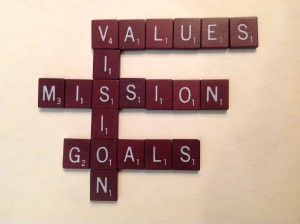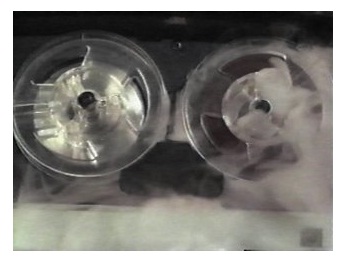
In my last four posts we discussed the four areas of strategic planning that I evaluate during a Clone Your Favorite™ Client (CYFC) Assessment: mission, vision, core values, and SMART goals. I’ll be honest, rarely do I find all four of those items present in my target market companies let alone communicated throughout their organizations. But I usually find at least one or two which is enough to help define the company culture (even though you really do need all 4). So when I start the next section of my CYFC assessment (Marketing & Branding), the first thing I evaluate is how well a company’s branding strategy reflects their strategic plan and company culture.


